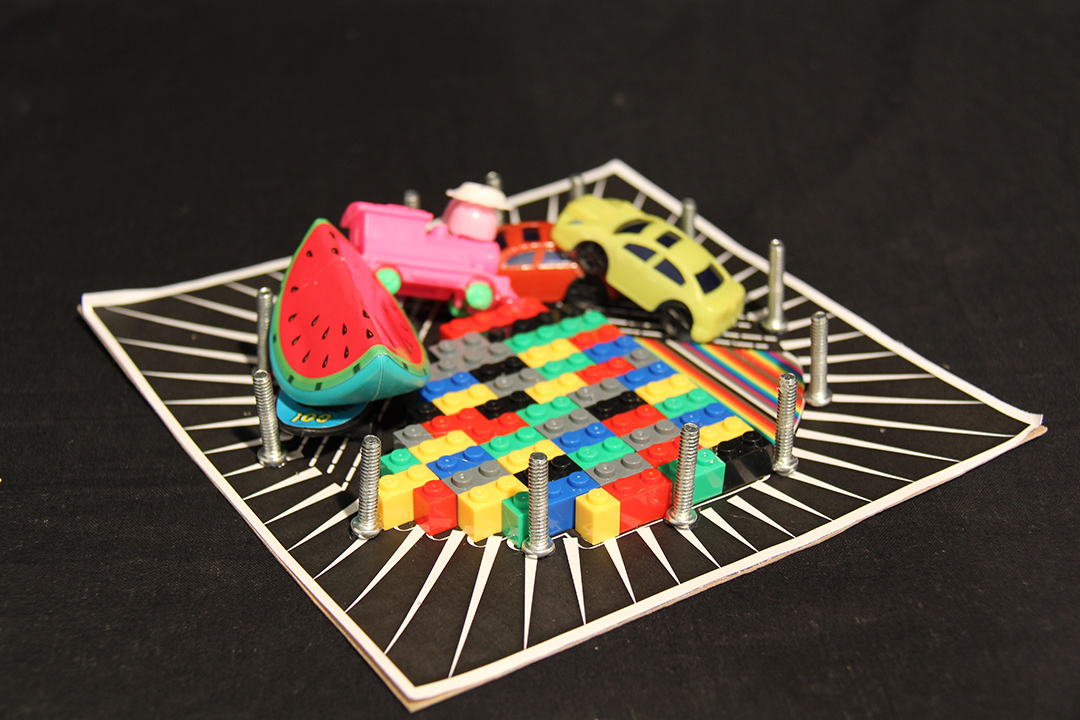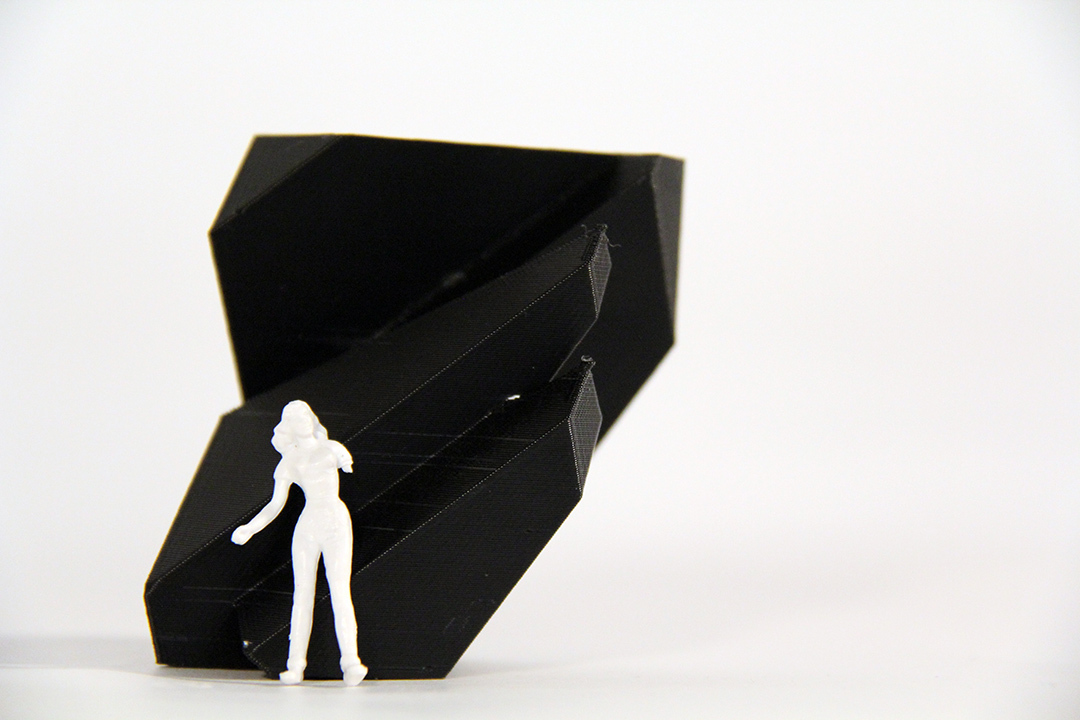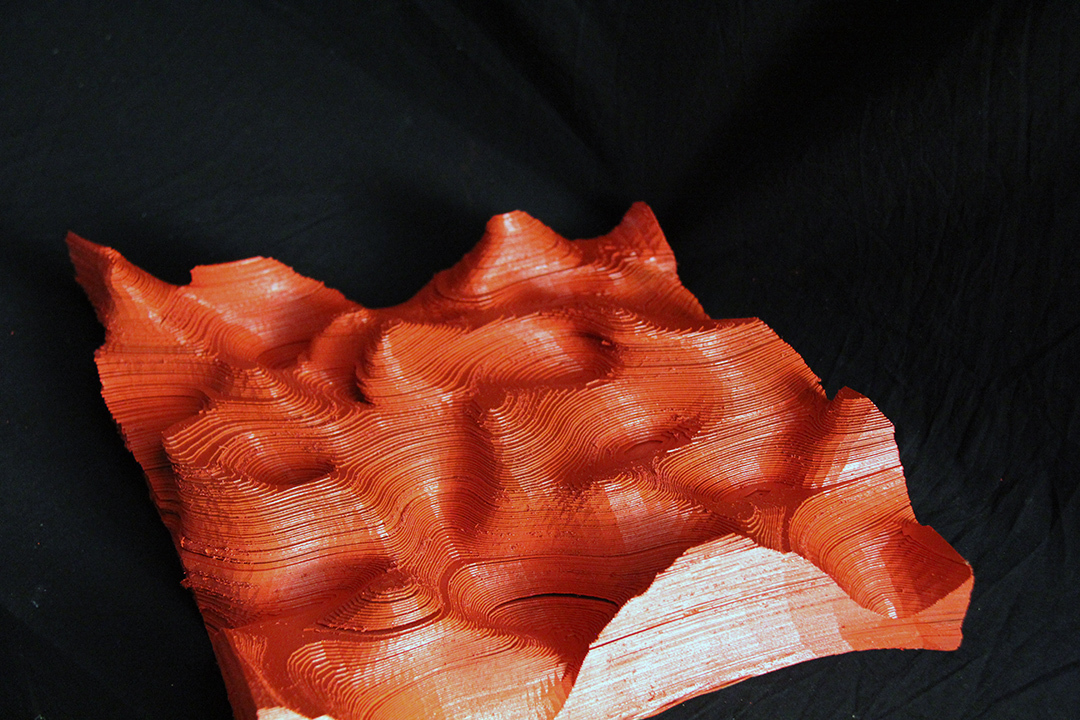Teen Dream: High School Students Discover Where Design Can Take Them
“Design is a step by step process,” according to 1,2,3, Make!, the summer program whose second annual installment wrapped at SCI-Arc earlier this month. For three weeks, SCI-Arc graduate students Abagael Warners and Natou Fall, with coordinator Betty Kassis, had led a group of high school students from around Los Angeles through the ins and outs of various design processes, including laser-cutting, 3D-printing, vacuum-forming, and more.
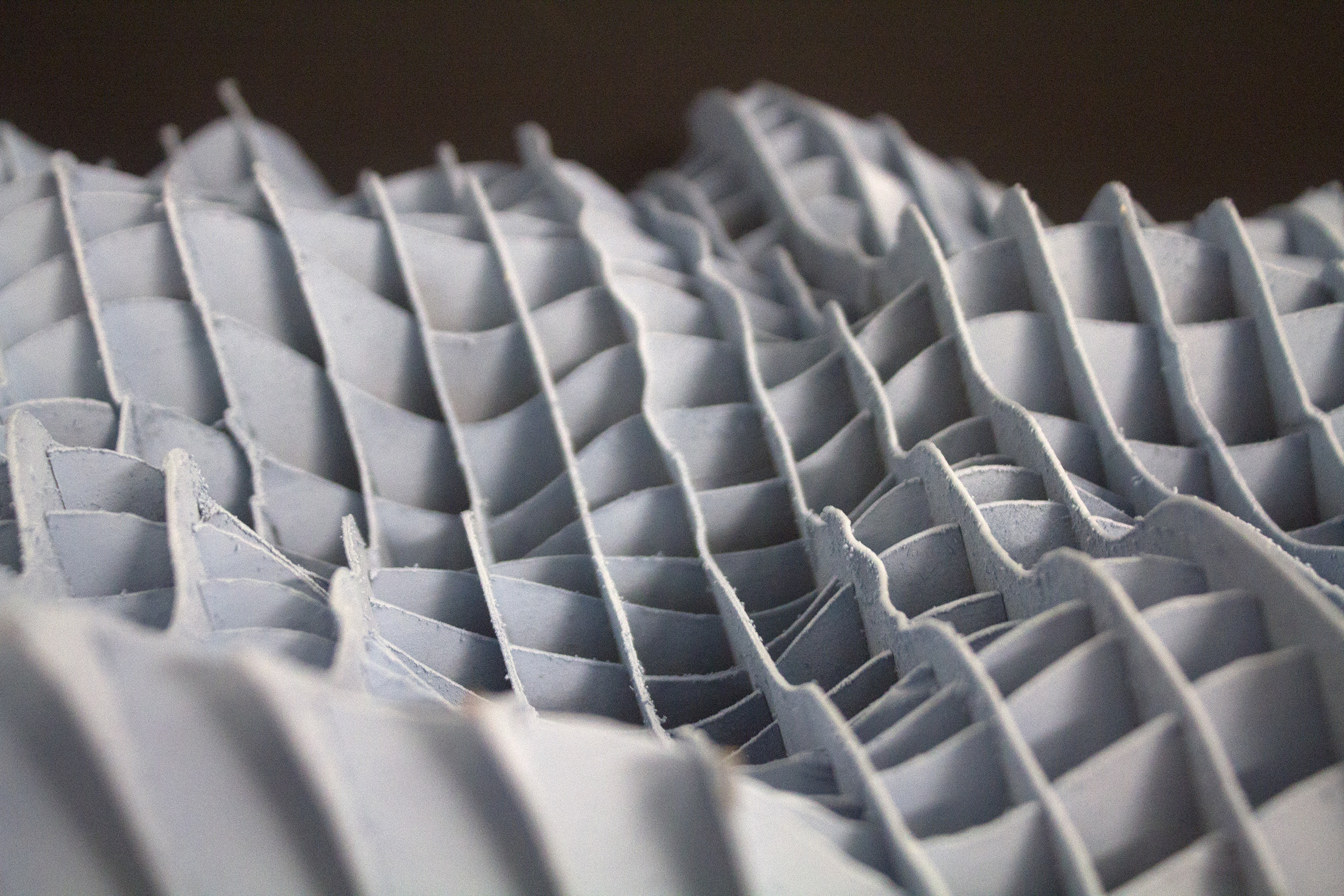
The program is a collaboration between SCI-Arc and the non-profit Institute for Educational Advancement (IEA), an organization that provides mentors for high school students. The focus of 1,2,3 Make! is to introduce ascending 10th through 12th graders who are preparing to apply to college not only to practical design tools, but to the different options they might pursue. “We expose them to what it’s like to go to architecture school,” says Fall, which includes hands-on practice with various design softwares and fabrication machinery, with a final presentation to a jury of SCI-Arc faculty.
While SCI-Arc provides the space, materials, and teachers for the program, it’s IEA that takes care of funding, promotion, and student registration. Consequently, “A lot of the students don’t know about SCI-Arc until the orientation,” says Fall, recalling her own similar unfamiliarity with the world of architecture and design when she was that age. Three weeks of activities and field trips, however, quickly turned that around. Two of Fall’s students are ready to apply for SCI-Arc’s undergraduate program next year. At the end of the program, students left not only with new practical knowledge and a portfolio of their work, but a greater understanding of their abilities.
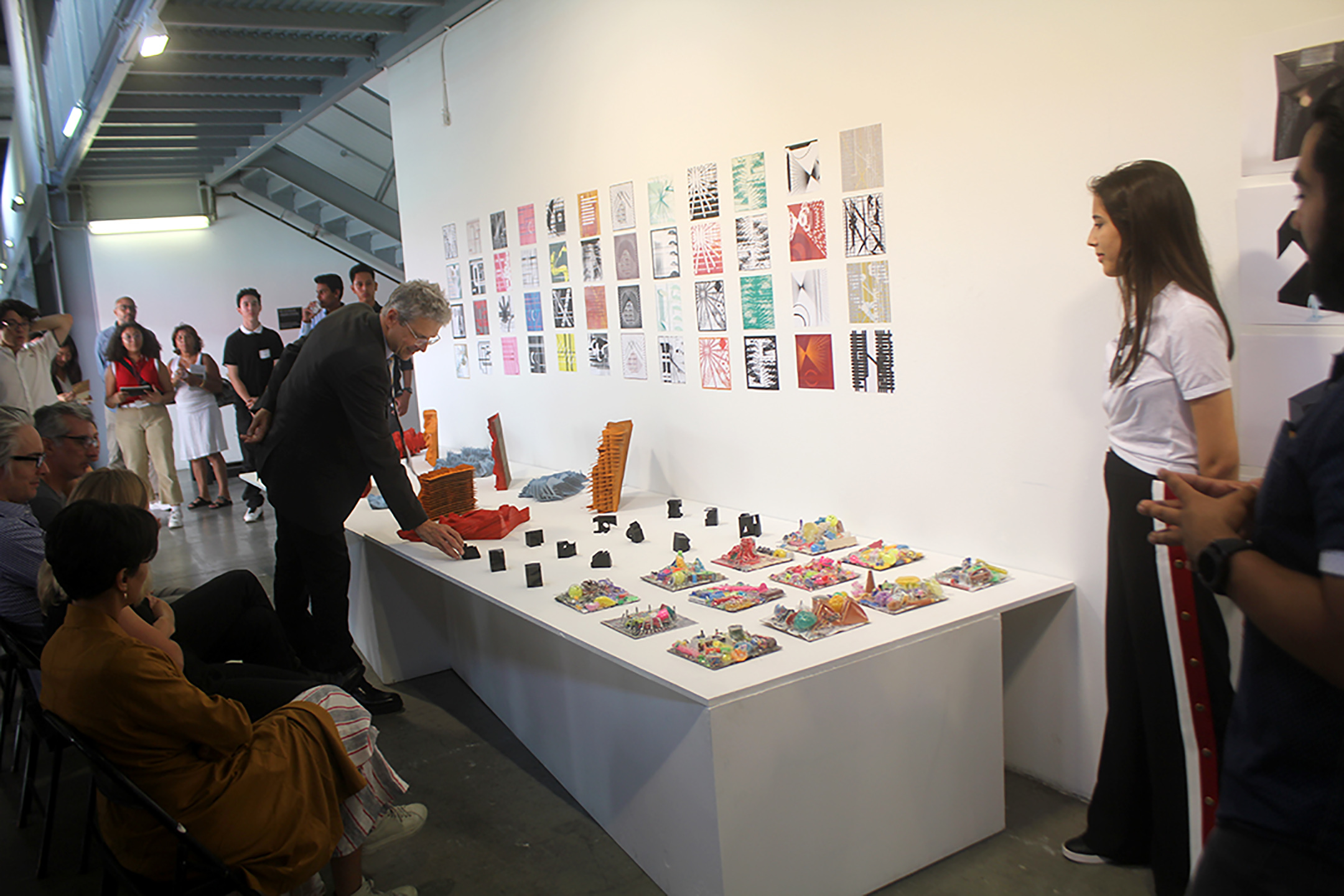
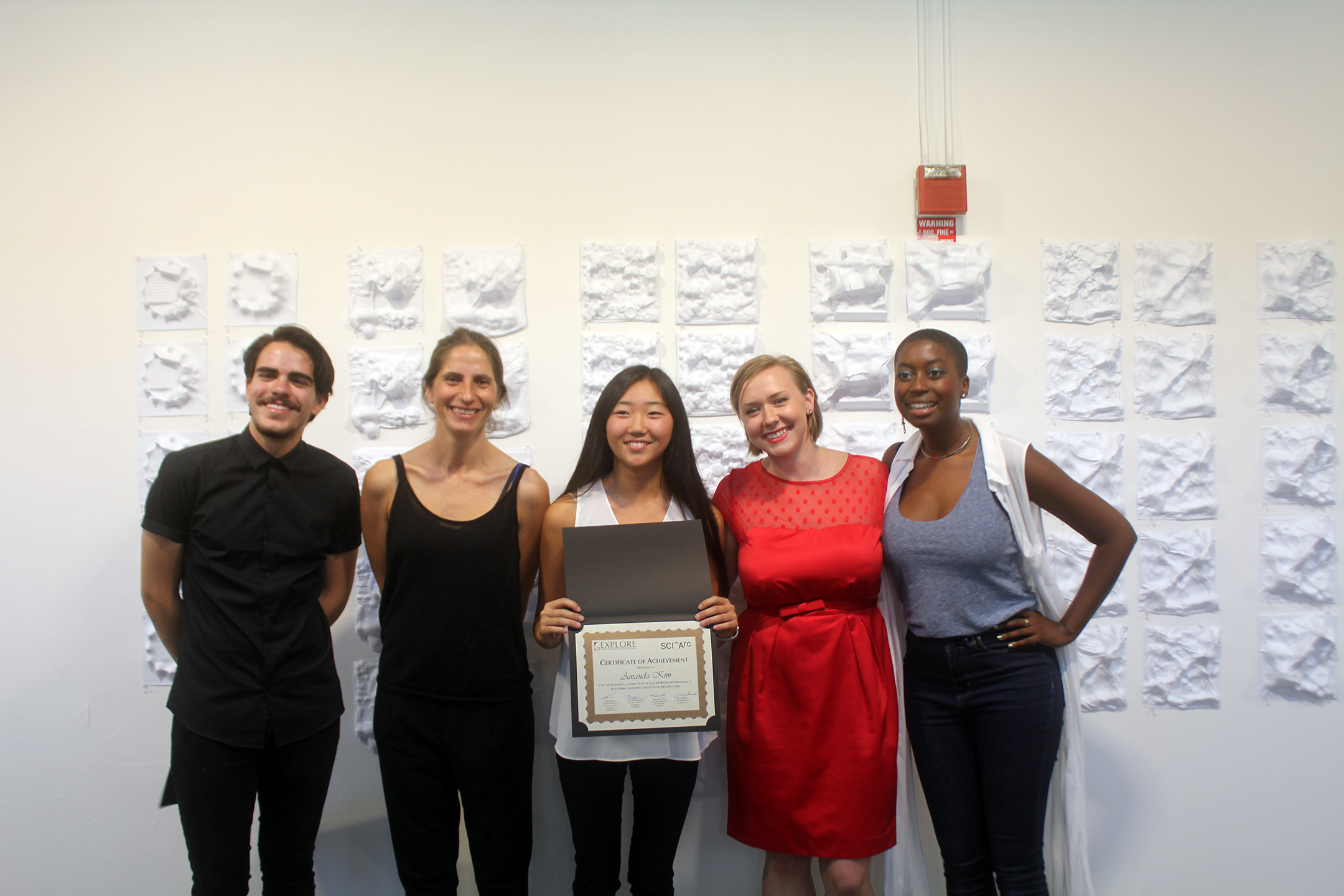
“There were a couple of kids too who were shocked at the amount of work that they produced in two weeks and the quality of it,” says Fall, who was quite impressed herself. After assigning the students 3D printing scripts for Grasshopper and Rhino, “Abby and I were surprised how they were able to form these buildings and objects with this program that we found quite limited.”
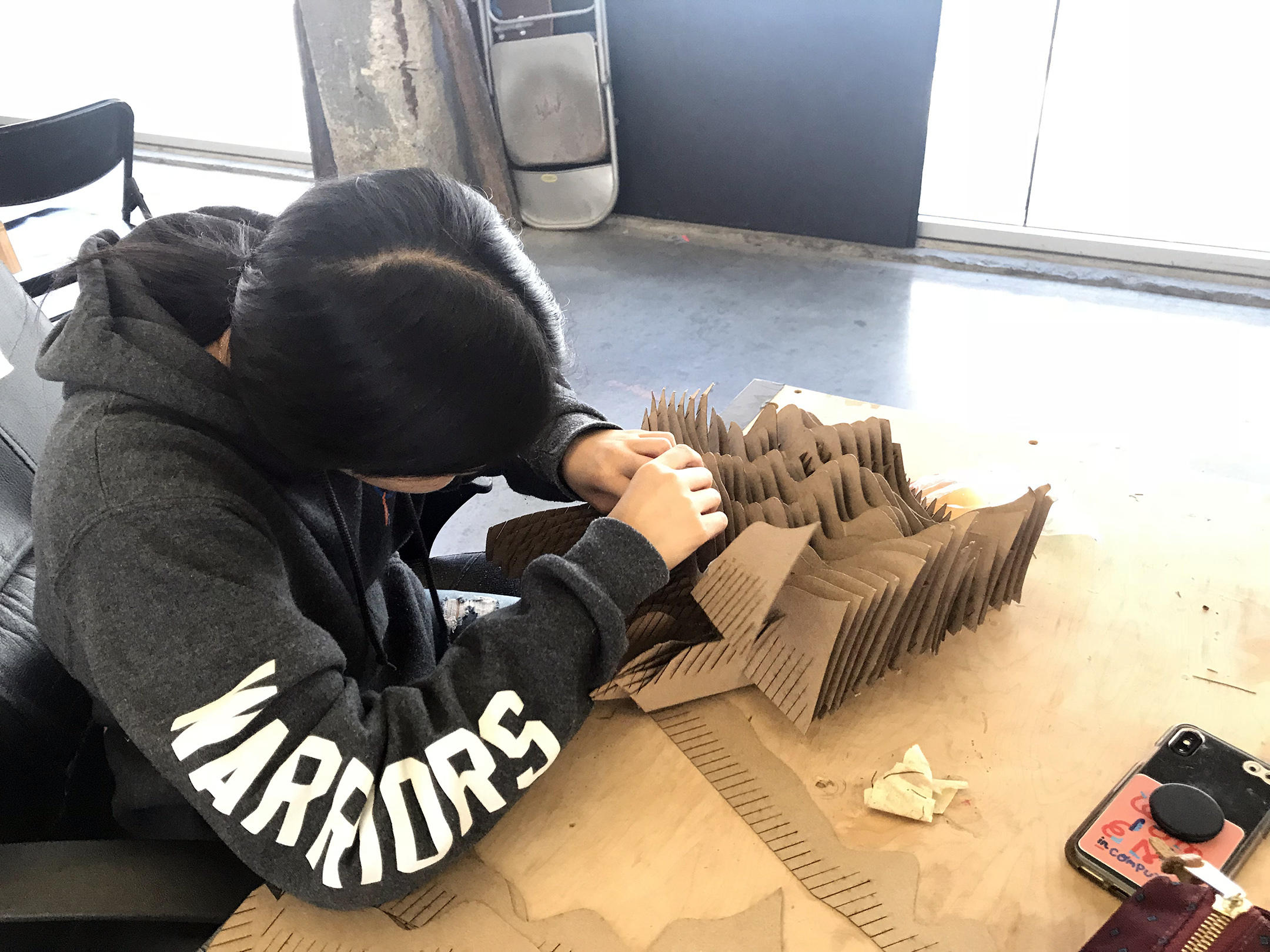
“There’s one student in particular who was upset how his model had come out for his first assignment,” she adds. “During the review, we invited some of the faculty to come to speak. He got a lot of positive feedback that boosted his confidence that made him more curious about pursuing architecture.”
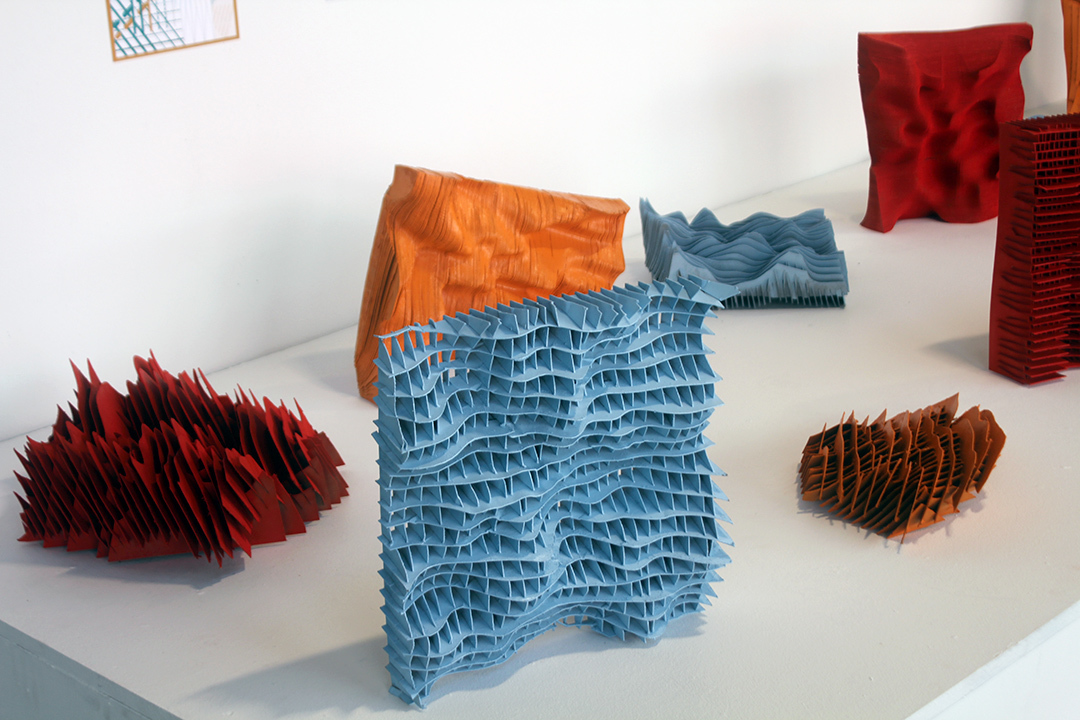
The biggest takeaway for the students is a greater scope “as to what’s actually possible,” says Fall, whether that’s a career in architecture, graphic design, or various other crafts. “Exposing kids to a number of things, even if they’re not sure what they want to do, gets their feet wet and gets them thinking about this kind of stuff as something they would want to pursue. It’s important because it gives them options. It exposes them to the possibilities of what’s within their reach.”
